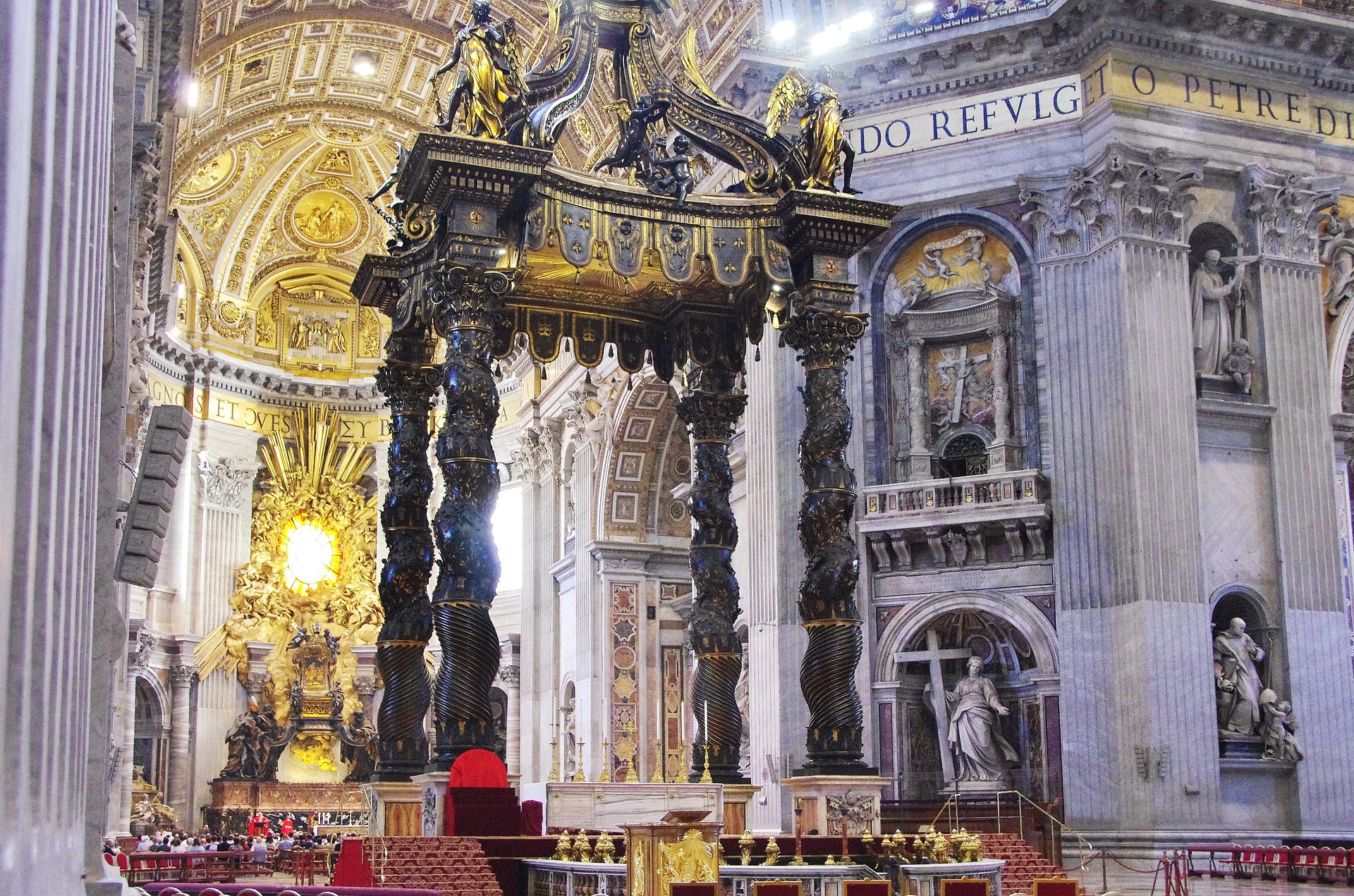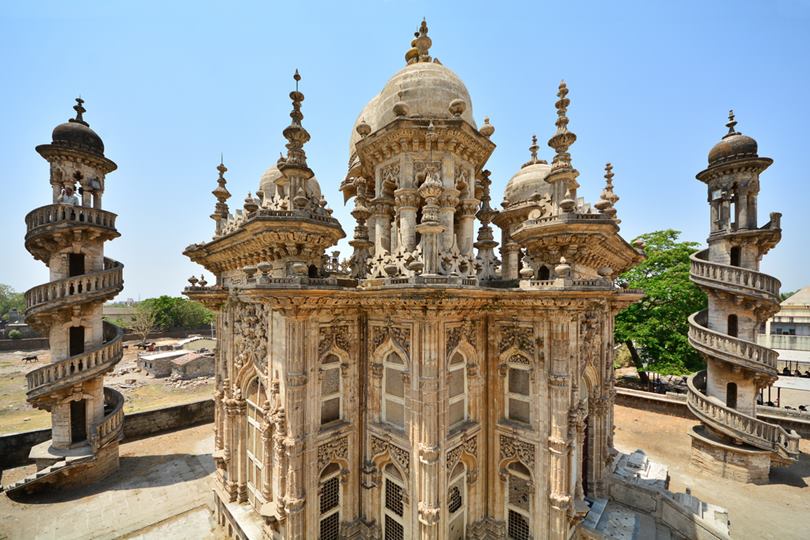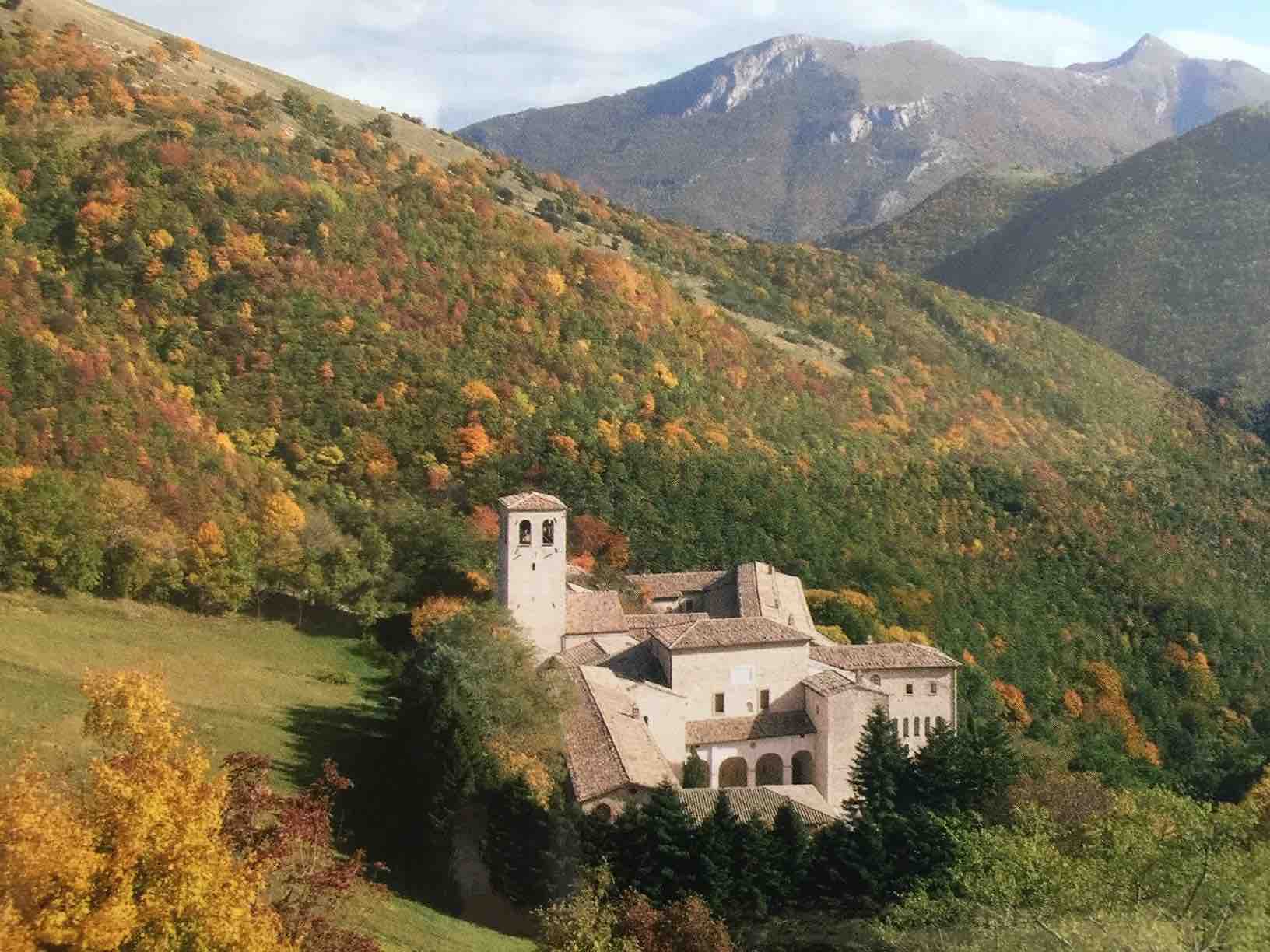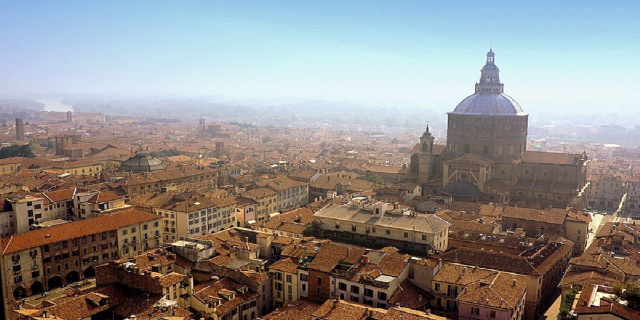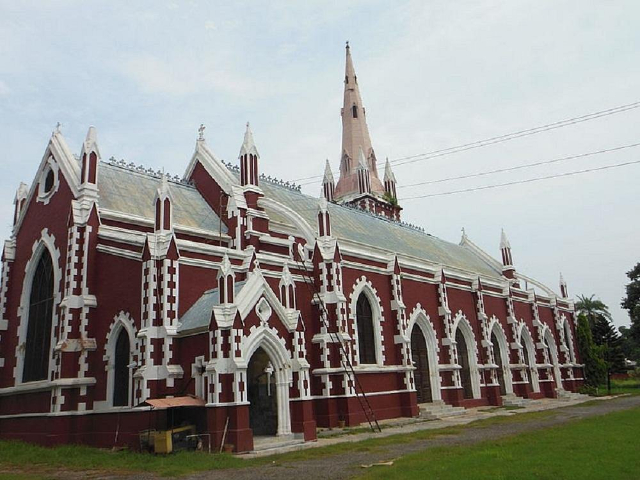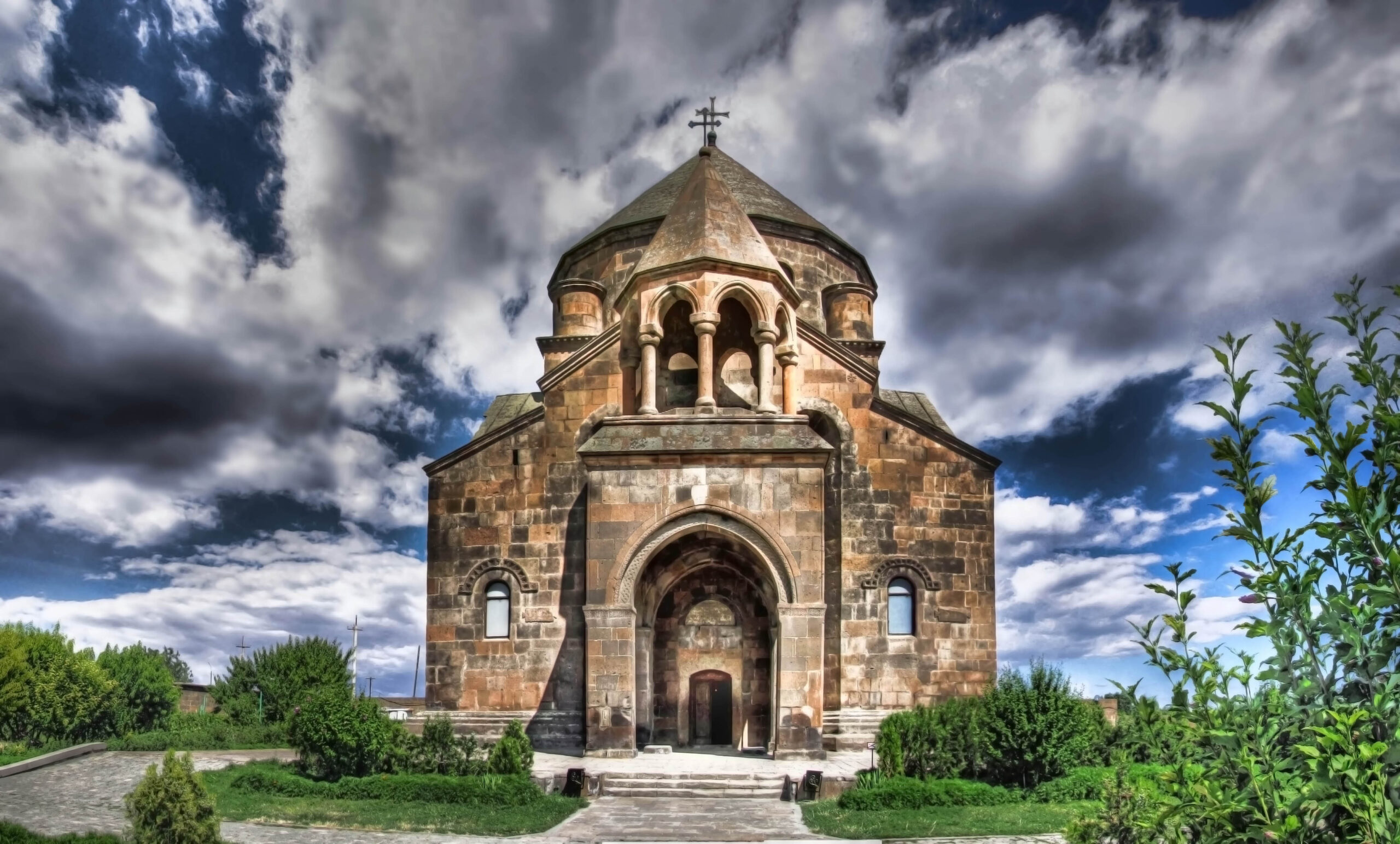In St. Peter’s Basilica Gian Lorenzo Bernini was the artistic director of a large building site, which also included Francesco Borromini, who created countless works of art, including the Baldacchino.
This monumental masterpiece of great technical difficulty, given its architectural square base and its purely sculptural execution, can be considered the manifesto of Baroque art. It is placed right at the tomb of St. Peter and was designed at the request of Pope Urban VIII.
The first elements that strike the observer are the twisted bronze columns, 11 meters high. The columns are decorated in gold with phytomorphic motifs and are surmounted by composite capitals with pulvinus, which give a further impetus to the composition; the composite capital is of Roman invention and contains the Ionic volutes and acanthus leaves typical of the Corinthian order.
The bases are instead in polychrome marble and there are depicted the various stages of childbirth, always with naturalistic references, such as lizards and bees.the entablature is concave, not straight, as typical of the Baroque. The four columns are connected by a festoon fringe that, given the skill in working with bronze, seems to be real fabric, moved by the wind. The upper part has a magnificent "dolphin back" volute, so called because of its supple movement, designed, it is thought, by Borromini. The baldachin is surmounted by four statues of angels at the corners and by some putti which, besides holding the festoons, hold in their hands the keys of St. Peter and the papal crown. All the sculptures are chromatically embellished with gilding.
On one side you can see a putto raising to the sky an enormous body of an upside-down bee, as a reminder of the commission of the work: the bee was in fact the symbol of the Barberini, Pope Urban VIII’s family of origin.
At the top of the composition stands the globe with the cross.
